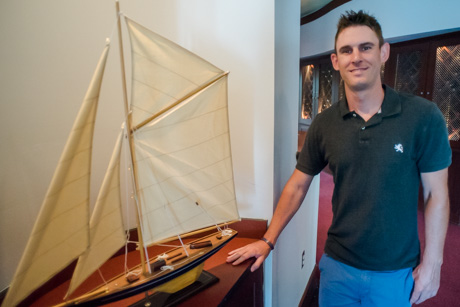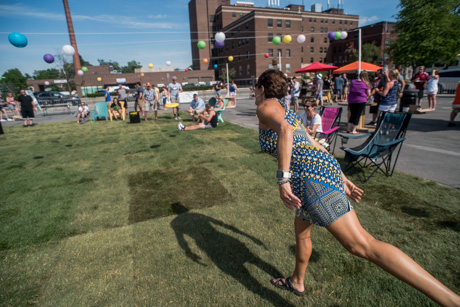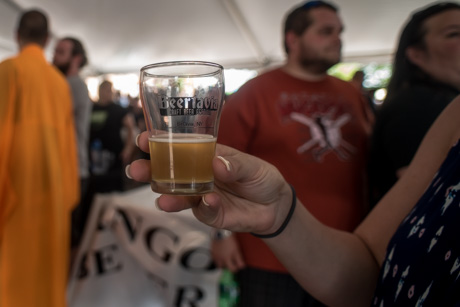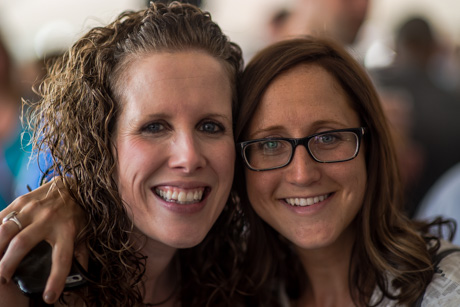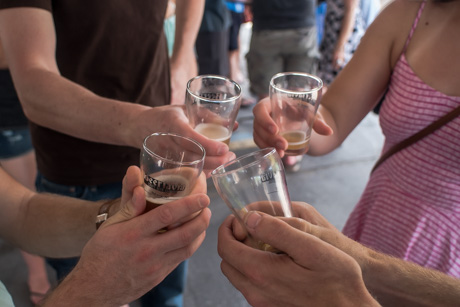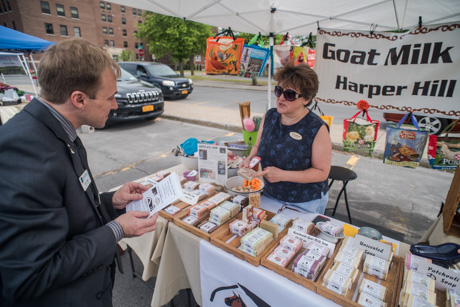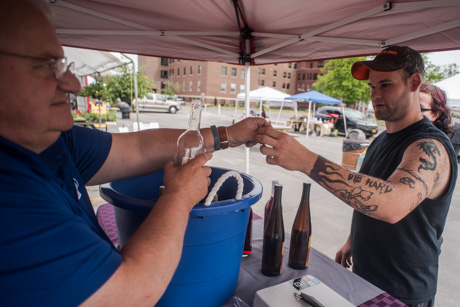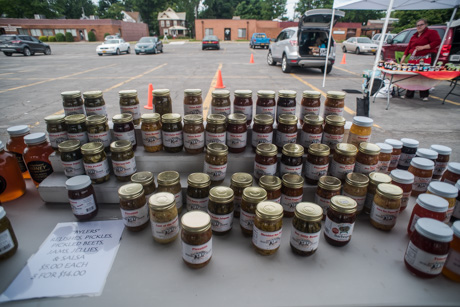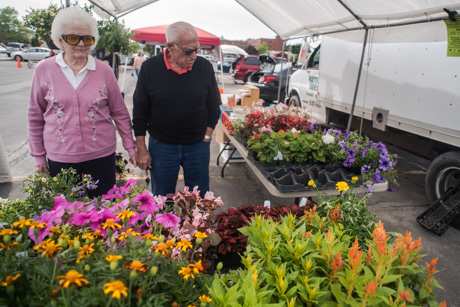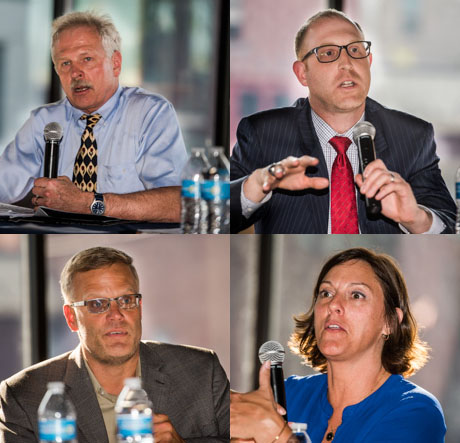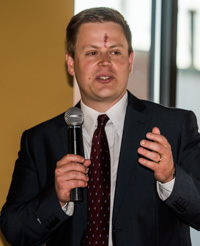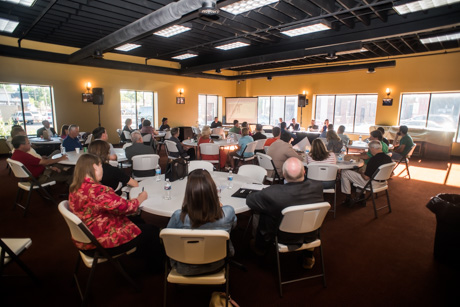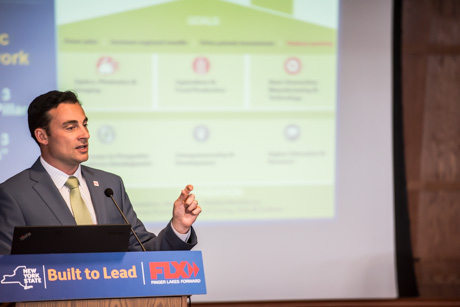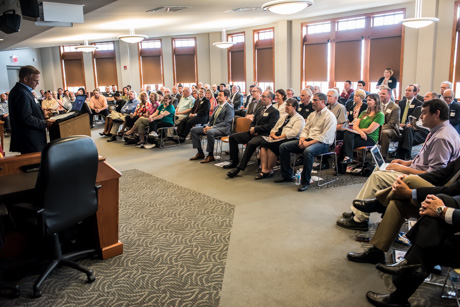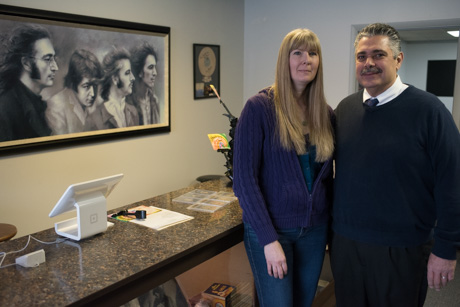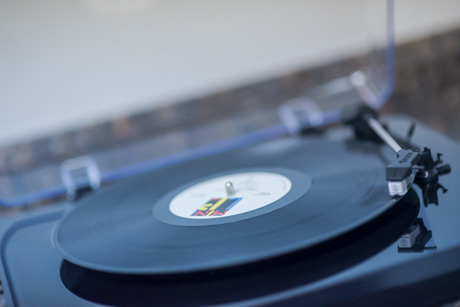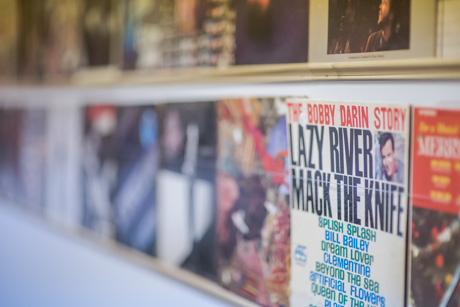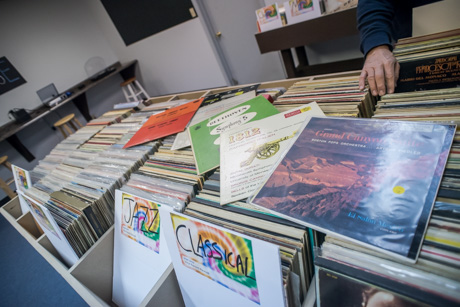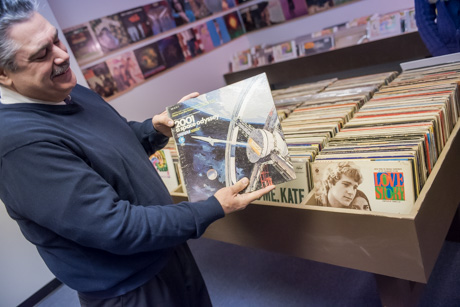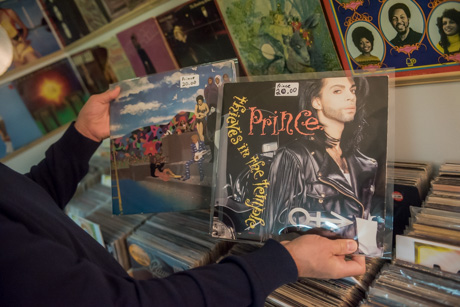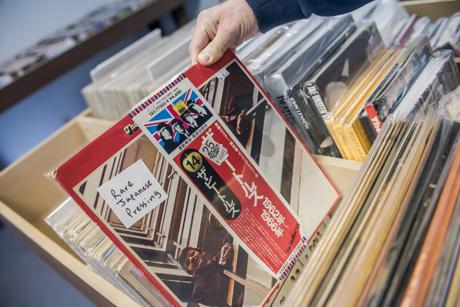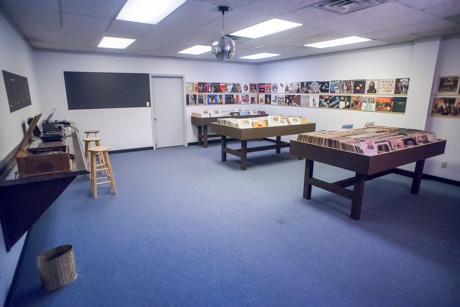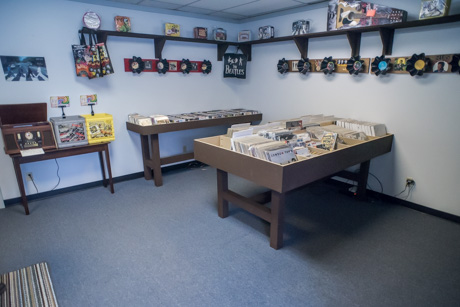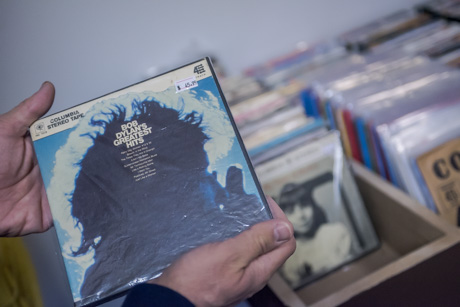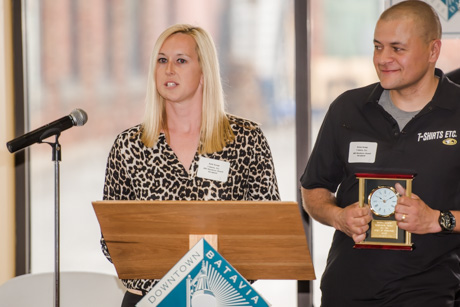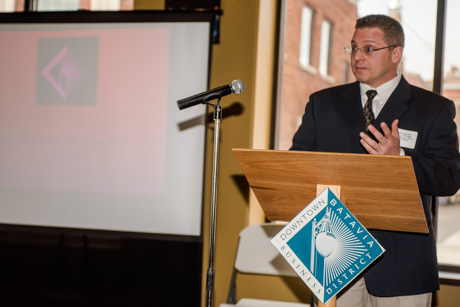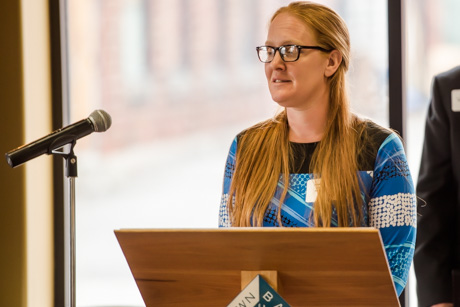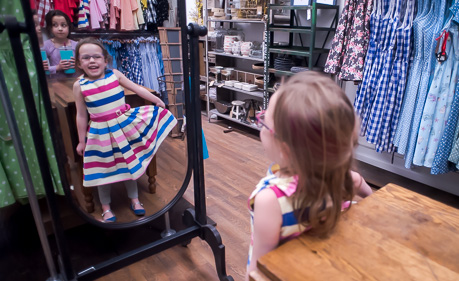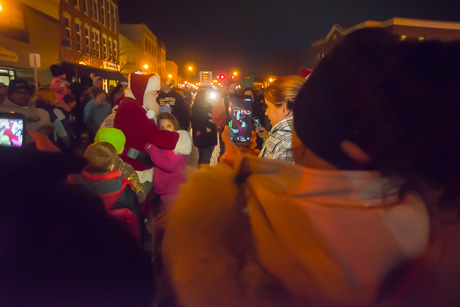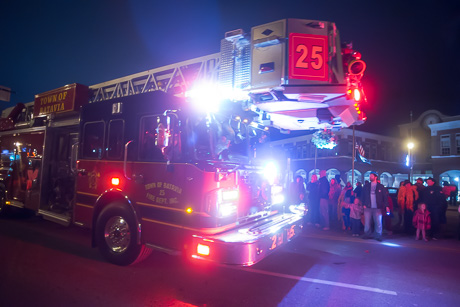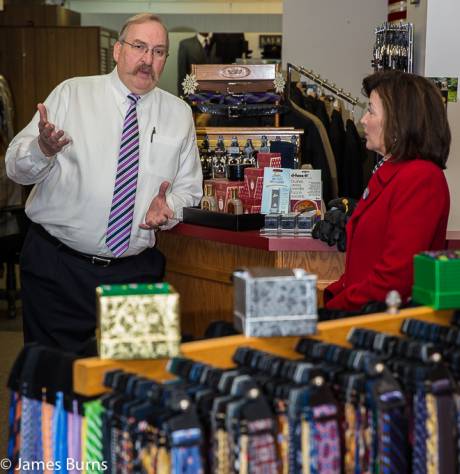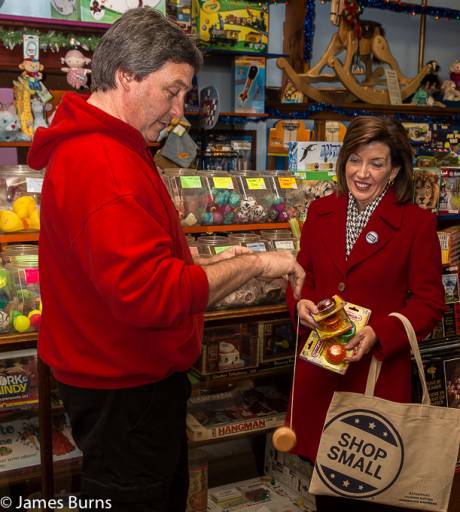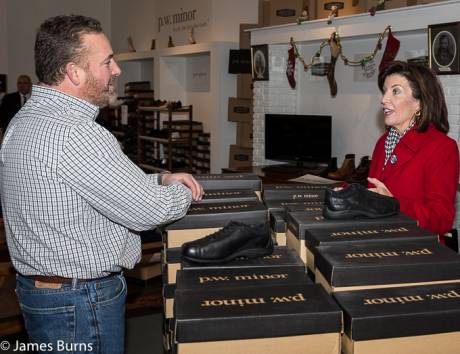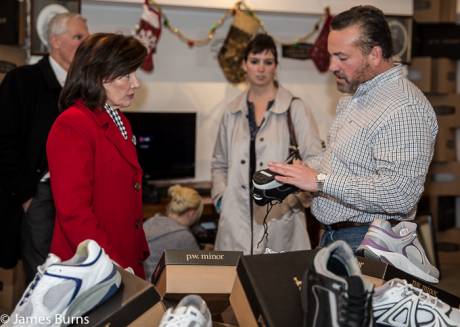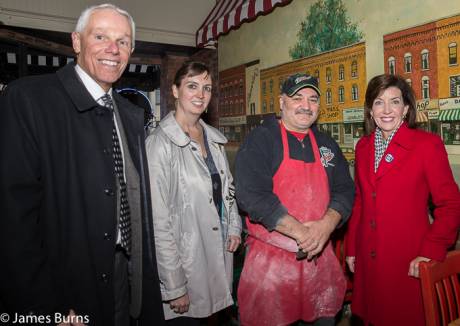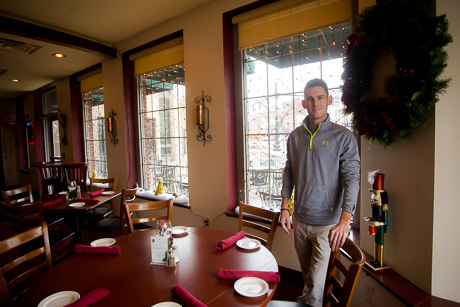Just 10 years ago, Batavia was a city barely hanging on. Nobody could imagine, said City Manager Jason Molino, that things would have turned around enough by 2016 that Batavia could be a serious contender for a $10 million prize in a competition for downtown revitalization projects.
Genesee County Economic Development Center CEO Steve Hyde said Batavia is certainly a top contender in the Finger Lakes Region because of the progress made, the joint initiatives underway, the recent wins in job creation in Genesee County.
Gov. Andrew Cuomo loves competitions for economic development, Hyde said, and Finger Lakes came out on top a few years ago in a competition of the state's 10 economic development regions, winning a $500 million prize. Of that $500 million, 34 percent is earmarked for use in Genesee County, primarily at the high-tech Science, Technology and Advanced Manufacturing Park (STAMP) in Alabama. With Dairy Farmers of America taking over the $200 million Quaker Muller food processing plant in the ag park, and 1366 Technologies heading into STAMP, Batavia his hitting all the high points the governor's office looks for in these competitions.
"(At build out), we're talking about 30,000 to 50,000 direct and indirect jobs in the region," Hyde said. "In the Finger Lakes Region, what other community is poised to benefit off that job growth more than Batavia? It will be difficult for any other community."
Stiff competition may come from Rochester, which is battling one of the highest poverty rates in the nation, and fighting poverty is a key goal of the governor's office, but Rochester also got $100 million from that $500 million prize for its anti-poverty efforts. The $10 million could have a bigger impact in Batavia, which could be a factor in the prize consideration.
"The $10 million is a potential drop in the bucket in terms of explosive transformation for Rochester," Hyde said. "The state likes to look at the leverage model and when it looks at $10 million in Batavia and what it could do in Rochester when they have $100 million already committed, they will look at the marginal benefit. That's just my personal view."
Every city and several villages and towns in the Finger Lakes Region are competing for the same $10 million prize, and we should know by the end of June which community wins the award, which would be spent on projects over a five-year period.
Yesterday's panel discussion at the Generation Center on Center Street, with Molino, Hyde, Economic Development Coordinator Julie Pacatte and County Manager Jay Gsell, was a chance to share with the community how Batavia will respond to the application request and gather feedback on how the questions will be answered.
"You would think for a $10-million prize, they would have a 40-page stack of paperwork, but it's just a two-page application," said Councilman Adam Tabelski (inset photo), who moderated the discussion.
The application needs to address issues about downtown boundaries, mixed use, walkability, public gathering places and economic opportunity.
The city already has traction in some key initiatives, Molino said, most notably its brownfield program, known as the Batavia Opportunity Area, or BOA. An experienced brownfield developer has already committed to redeveloping the former Dellapenna building on Ellicott Street, and there is interest from developers in the city's other four target BOA areas.
"Over the past 18 months, we've seen the most interest yet in investment in Batavia," Molino said.
Just an announcement that the city won the prize, if it won, would generate even more interest, Molino said.
Pacatte said Batavia is getting developer attention because of its mixed-use potential. Downtown scores well on walkability ratings; it has parks and open space, both retail and business space and the city's initiative to bring quality housing to downtown has been tremendously successful. The BDC helped developers open up nine refurbished apartments downtown, and all were leased immediately. The apartments at the former WBTA building at Swan and East Main are also all rented, even though two of them have not yet been completed.
"We think that's a great testament to what can happen in our market," Pacatte said.
Pacatte also revealed that in addition to a microbrewery and restaurant incubator being planned by Matt Gray and Jon Mager for the former Newberry building on Main Street, they are also planning a $1.5 million investment to convert the second and third floors of the building into apartments.
Gsell said the city's investment in infrastructure, notably the current work on Washington Avenue, is a further sign the city is moving in the right direction and creating an environment developers will find attractive.
Other projects in Batavia's favor, Molino said, are the flood insurance rating program, which has helped reduce the cost of flood insurance for affected properties by 15 percent, and Batavia's first-in-the-state zombie property law. Batavia is showing tangible success in dealing with zombie properties, which is still unique in the state.
All of these efforts will give Batavia a good start on dealing with its own poverty rates, Hyde said, and putting people to work and reducing poverty is the main reason all of these economic develop efforts exist in the first place.
"If we say we're a democracy and we're a free enterprise society, then we address the poverty issue," Hyde said. "The only way we get a society to function well is if we create opportunities for everybody."
The video below is part of Batavia's application for the prize.
